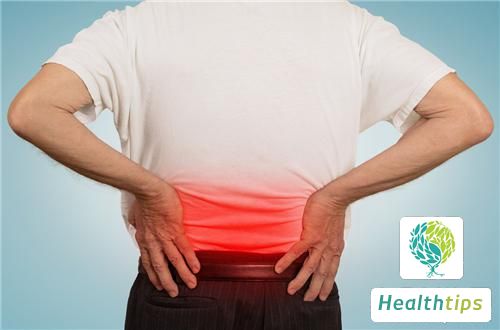What are the Differences Between Tendons and Ligaments?
Muscles and tendons are traditionally considered the same, but strictly speaking, tendons are the crucial parts connecting muscles and bones, while the term "jin" commonly refers to the large tendons in daily language. Jin also belongs to tendon tissue, but it differs from tendons and is actually fascia, which is a layer of connective tissue between muscles. Although traditionally called "jin", it is not actually a tendon. In terms of attributes, tendons belong to jin, but jin does not belong to tendon tissue.

1. Different Functions: Tendons limit the range of bone movement to prevent injury, while jin plays a role in contracting muscles, moving joints, and providing stability.
2. Different Locations: Tendons located around the joint cavity are called extra-capsular ligaments. Those within the joint cavity are called intra-capsular ligaments. Ligaments located on the joint capsule, specifically the thickened fibrous layer of the joint capsule, are called capsular ligaments. Additionally, there are ligaments formed by peritoneal folds, which are transitions between the parietal and visceral layers of the peritoneum or between visceral layers.
Jin is mostly invisible and attaches to bones.
3. Different Terminology: The term "jin" is not an independent anatomical term in modern anatomy. It is a concept commonly used in traditional Chinese medicine and includes four completely different anatomical entities, including tendons.
1. Tendons are dense tendonous tissues that extend from muscles to their attachment points. Histologically, they are primarily composed of dense fibers and collagen.
2. Jin is mostly invisible and attaches to bones, playing a role in contracting muscles, moving joints, and providing stability.



















